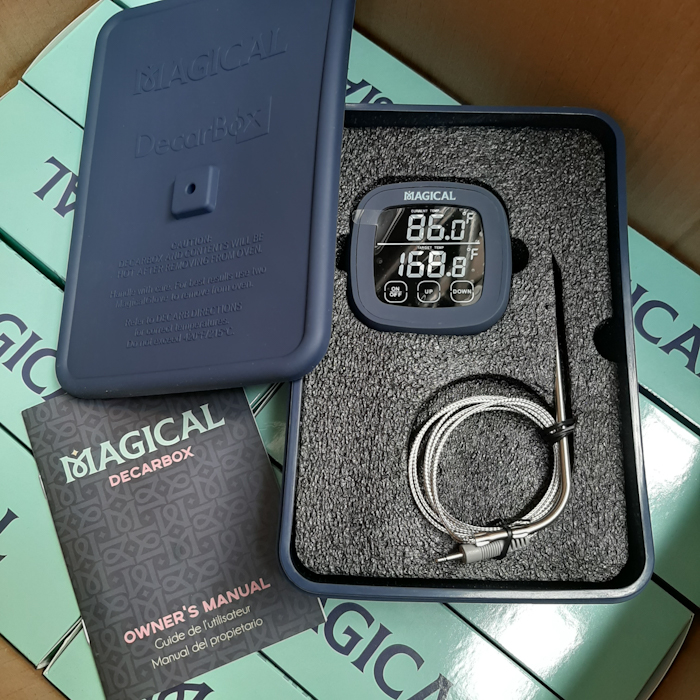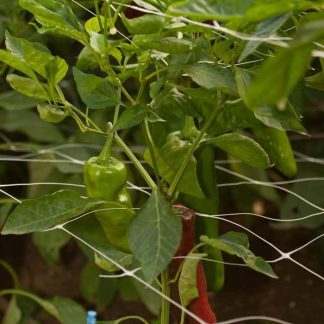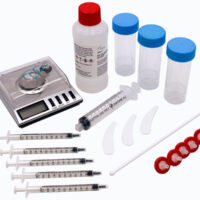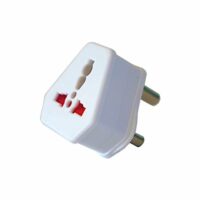MagicalButter Decarbox
R1 200.00
In stock
Description
The MagicalButter Decarbox allows you to effortlessly activate fresh herbs to your specific desired potency!
– Food-grade silicone shell prevents loss of valuable plant compounds.
– Elevates natural herbal potency.
– Precision integrated thermometer with stay-cool external digital display.
– Oven-safe shell ensures maximum retention of beneficial phytonutrients.
– The most effective decarboxylation system available.
The MagicalButter Decarbox features an integrated digital probe thermometer. This device lets you easily calibrate your oven for precise accuracy during decarboxylation and baking. The stay-cool external digital display lets you monitor the temperature inside your DecarBox without opening the oven. Saving money and keeping temperatures from fluctuating. The DecarBox allows you to effortlessly activate fresh herbs to your specific desired potency! (See Decarb Directions in the Magical Butter Machine booklet on pages 6-8 for a step-by-step guide.) Food-grade silicone shell prevents loss of valuable plant compounds.
The information below was adapted from Leafly.com. One of the best resources for all things cannabis.
Decarboxylation or decarb explained
All cannabinoids contained within the trichomes of raw cannabis flowers have an extra carboxyl ring or group (COOH) attached to their chain. The trichome heads of freshly harvested cannabis flowers mainly contain tetrahydrocannabinolic acid (THCA). In most regulated markets, cannabis distributed in dispensaries contains labels detailing the product’s cannabinoid contents. THCA, in many cases, prevails as the highest cannabinoid present in items that have not been decarboxylated (e.g., cannabis flowers and concentrates).
THCA has a number of known benefits when consumed, including having anti-inflammatory and neuroprotective qualities. But THCA is not intoxicating, and must be converted into THC through decarboxylation before any effects can be felt.
What causes decarboxylation?
The two main catalysts for decarboxylation to occur are heat and time. Drying and curing cannabis over time will cause a partial decarboxylation to occur. This is why some cannabis flowers also test for a presence of small amounts of THC along with THCA. Smoking and vaporizing will instantaneously decarboxylate cannabinoids due to the extremely high temperatures present, making them instantly available for absorption through inhalation.
Decarboxylated cannabinoids in vapour form are easily absorbed in our lungs. However, edibles require decarbed cannabinoids present for our bodies to absorb them throughout digestion. Heating cannabinoids at a lower temperature over time allows us to decarboxylate the cannabinoids while preserving the integrity of the material.
Decarboxylation temperature
The THCA in cannabis begins to decarb at approximately 100 °C after around 30 – 45 minutes of exposure. Full decarboxylation may require more time. Many people choose to decarboxylate their cannabis at slightly lower temperatures for a much longer period of time in attempts to preserve terpenes. Many mono and sesquiterpenes are volatile and will evaporate at higher temperatures, leaving potentially undesirable flavors and aromas behind. The integrity of both cannabinoids and terpenoids are compromised by using temperatures that exceed roughly 150 °C.
Heat and time can also cause other forms of cannabinoid degradation to occur. For example, CBN (cannabinol) is formed through the degradation and oxidization of THC, a process that can occur alongside decarboxylation. CBN accounts for a much more sedative and less directly psychoactive experience.





